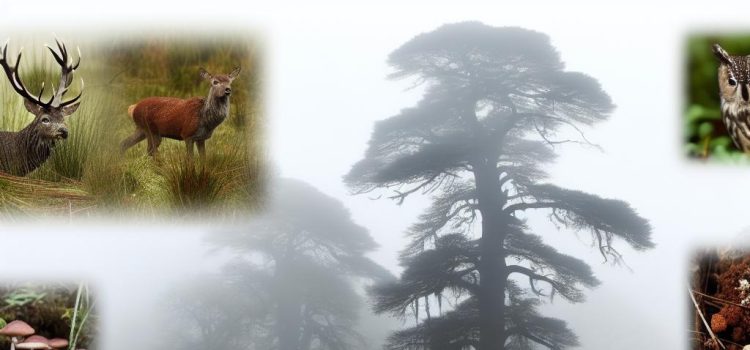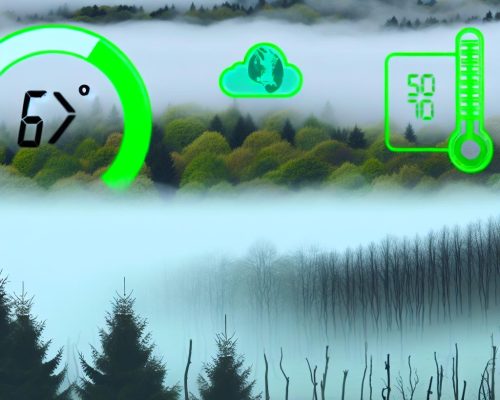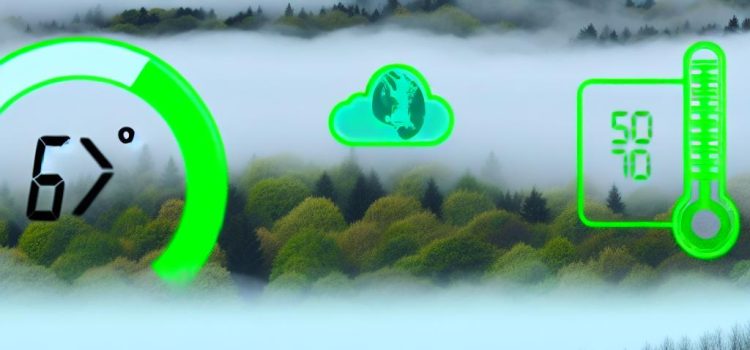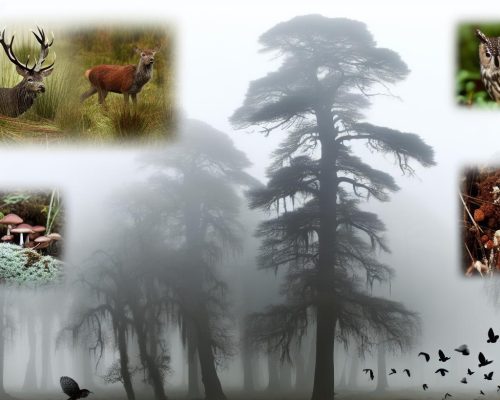
How Fog Affects Wildlife and Ecosystems
Introduction to Fog and Its Formation Fog is a common meteorological phenomenon that occurs when water vapor condenses into tiny liquid water droplets suspended in the air near the ground. It forms under conditions of high humidity, particularly when the air temperature […]
Introduction to Fog and Its Formation
Fog is a common meteorological phenomenon that occurs when water vapor condenses into tiny liquid water droplets suspended in the air near the ground. It forms under conditions of high humidity, particularly when the air temperature drops to the dew point. Fog reduces visibility and has varying impacts on different ecosystems and the wildlife inhabiting them.
Effects of Fog on Wildlife
Fog can significantly affect wildlife, both positively and negatively. Some animals have adapted to thrive in foggy conditions, while others face challenges.
Navigational Challenges for Birds
Fog reduces visibility and can disorient birds, especially during migration. Many bird species rely on visual landmarks to navigate, and dense fog can disrupt these cues. This can lead to birds straying from their migratory paths, increasing energy expenditure, and in some cases, causing fatalities due to collisions with human-made structures.
Reduced visibility is a substantial obstacle for many birds. Urban areas are particularly hazardous as foggy conditions mask tall buildings and other structures, resulting in collision risks. For some species, deviating from their typical routes due to fog can interfere with breeding cycles and access to food sources. Researchers study these patterns to understand how much fog influences bird survival and migration behaviors.
Impact on Insects
Insects, particularly those that are sensitive to temperature and humidity changes, can be affected by foggy conditions. Some insects experience reduced activity levels, as fog can lower temperatures and alter their usual habitats. Conversely, other insects may find fog beneficial as it can provide much-needed moisture.
Temperature regulation plays a crucial role in insect activity. Many insects are ectothermic, meaning their body temperature and metabolic functions are directly influenced by the environment. Fog can lower the ambient temperature, causing them to become lethargic and less active. However, an increased humidity level is advantageous for others, particularly those found in arid environments, where they rely on the added moisture to survive and carry out necessary functions like molting or mating.
Amphibians and Fog
Fog can be beneficial to amphibians, which generally thrive in moist environments. The additional moisture from fog helps maintain their skin’s hydration, which is crucial for respiration and thermoregulation. This can enhance their overall health and reproductive success.
Moisture maintenance is vital for amphibians. These creatures have permeable skin, enabling them to absorb water directly from the air and surfaces in their environment. The damp conditions fostered by fog are ideal for amphibians, reducing the risk of dehydration which is a constant threat in dry conditions. This moisture also supports their breeding activities by maintaining optimal environments for laying and developing eggs.
Fog’s Influence on Ecosystems
Fog plays a significant role in shaping ecosystems, especially those in coastal and mountainous regions.
Water Supply and Plant Life
Fog can act as an essential water source for plants in arid regions. This is particularly evident in coastal deserts where direct rainfall is scarce. Certain plants have adapted to capture moisture from fog, providing hydration and sustaining life in otherwise dry conditions. This process, known as fog drip, contributes to local water cycles and supports diverse ecosystems.
Adaptation mechanisms in plants demonstrate an evolutionary response to fog. Specialized structures such as elongated leaves or fine hairs increase surface area, aiding in the capture of moisture from fog. This moisture collection strategy is vital for survival, influencing plant distribution and contributing to biodiversity in regions where fog is frequent.
Soil and Nutrient Distribution
Fog can impact soil moisture and nutrient distribution. When fog condenses and drips onto the soil, it can aid in nutrient absorption by plants, influencing plant diversity and productivity. Additionally, the presence of fog can reduce evaporation, helping to maintain soil moisture levels, which is beneficial in maintaining ecosystem health.
Nutrient dynamics are altered in ecosystems where fog is prevalent. The retention of moisture due to fog can make nutrients more readily available to plants, as water is a carrier of dissolved nutrients. This influences the local flora, as plant species that can effectively utilize these conditions will proliferate, shaping entire plant communities and the animals dependent on them.
Challenges of Studying Fog’s Impact
While fog’s influence on wildlife and ecosystems is significant, studying these effects presents challenges. Fog is a transient and variable phenomenon, making it difficult to predict and measure consistently. Researchers often rely on local observations and long-term data collection to understand fog’s broader ecological impacts.
Data collection methods are critical in fog-related research. Remote sensing technology and meteorological stations provide valuable data over vast areas and time spans. Research in this field often requires collaboration among climatologists, ecologists, and other scientists to develop comprehensive models depicting fog’s ecological roles. The complexities of these interactions call for integrated studies and advanced techniques to discern precise impacts.
Conclusion
Fog is a crucial environmental element that affects both wildlife and ecosystems in various ways. Understanding its impacts can help in the development of conservation strategies and in mitigating potential negative effects on wildlife. By continuing to study fog’s role in different environments, we can better appreciate its ecological significance and adapt conservation efforts accordingly.
For more information on meteorological phenomena and their ecological impact, see resources such as The National Oceanic and Atmospheric Administration (NOAA).
















